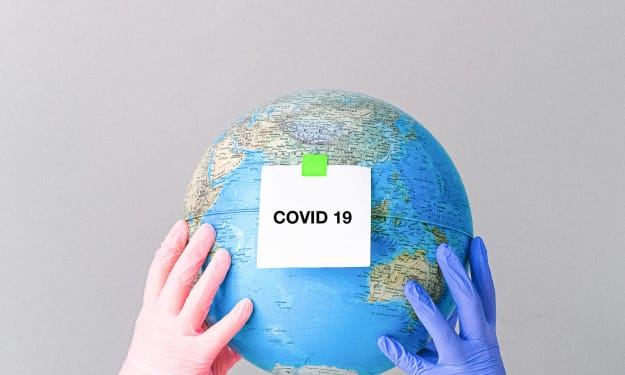
Berners-Lee chairs the computer science founder at the Massachusetts Institute of Technology where he chairs the Decentralized Information Group and leads SOLID, a joint project of the Qatar Computing Research Institute that aims to change the way web applications work today, leading to real data ownership. and improving privacy. While Sir Tim is a friend of the aggressive pulpit, he remains a computer expert, focused on rebuilding the web design in a way that rebuilds the web. In particular, he has time to work on new platforms such as SOLID to bring the Web back to companies and restore it to its democratic roots.
In recent years, Berners-Lee and Leith have used their World Wide Web Foundation headquarters to highlight a variety of issues, including the creation of a Web contract establishing the rights and obligations of users, governments, and businesses, and the publication of open publications on issues such as women's governance and ethics.
Sir Tim Berners-Lee founded the world's most powerful social networking site, the world wide web, in 1989 while working as a software engineer at CERN, a large particle lab in Geneva. British-born Berner-Lee, who acquired the genius in 2003, saw the Internet in 1989 and worked with CERN and the European Organization for Nuclear Research to enable scientists to share information globally. In 1989, Tim Berners-Lee founded the web, and Internet hypermedia system for global information exchange at CERN, a European particle physics laboratory, a web-based hypermedia program.
Sir Tim in 1989, a graduate of Oxford University, founded the web at European particle physics laboratory CERN. You have written the editor and browser of the first web page, WorldWideWeb, and the first HTTPd web server.
The first Berners-Lee studied at Oxford, worked at the European Organization for Nuclear Research (CERN), and came up with the idea of what would become the Web later in 1989.
The original Web concept was born in the early 1960s while growing up in London. The Internet was created by J.C.R. A few decades earlier, in 1962. The idea that the World Wide Web was intended to help scientists share information on an anonymous platform called the Internet - a version the US government has been using since the 1960s.
This includes email, Robert's first e-mail service, which was an indication of the kind of work we see today on the World Wide Web: "significant growth in demographics and human traffic," writes the author of A Web Brief History (2003). In October 1990 and the summer of 1991, Berners-Lee wrote the first web server software, file storage location, and first web client, a browser system that can access and view downloaded files on the server. The first dangerous use of the Internet was a textbook for CERN laboratories, a common start to one of the technological wonders of the computer age.
In 1989, Berners-Lee founded the World Wide Web at CERN while proposing a distributed hypertext program inspired by the challenge of data flow control that would produce a Large Hadron Collider. In the 1980s, while working at the European Particle Physics Laboratory (CERN) in Geneva he explained the concept of a global hypertext-based system that would allow researchers to exchange information. With millions of computers connected to the Internet developing, he realized that he could exchange information using emerging technologies called hypertext.
In its early days, there were only a handful of selected network scientists, computer nerds, and US soldiers. In 1994, Berners-Lee recognized the need for an organization to measure standards and agreements for Web technologies and established the W3C. He decided to bring the organization to MIT and hired more computer-assisted computer scientists.
The web has never been an official CERN project but Mike was able to give Tim time in September 1990 to work on it. Tim started working with Next Computer, one of Steve Jobs' oldest products. In the late 1990s the first open web pages were made available and in 1991 people outside CERN were invited to join the new web community.
On April 4, 2017, Sir Tim was awarded the ACM AM Turing Prize for web design, first web browser, and basic processes and algorithms that allow the web to scale. In the list of 80 times the cultures of the world, the creation of the World Wide Web was preceded by a judge of 25 well-known scientists, scholars, writers, and world leaders, who said that "the Internet, as an ever-growing form of communication, has changed modern life." regarded as one of the 100 most influential people of the 20th century, one of Britain's 100 greatest and one of the world's most influential thinkers, has created the world's most powerful social network - the World Wide Web gave it away for free.
In June 2009, British Prime Minister Gordon Brown announced that Berners-Lee was working with the British Government to make the Internet more accessible and accessible, creating the Power of Information Task Force. Decentralized Information Group is working on a strong campaign to give people more control over their data and to make the web slower. Sir Tim Berners Lee not only emerged with key features such as URIs and web browsers that allow us to use the World Wide Web but also provided a unified view of how they work together as part of everything integrated, Hanson added.





Comments
There are no comments for this story
Be the first to respond and start the conversation.